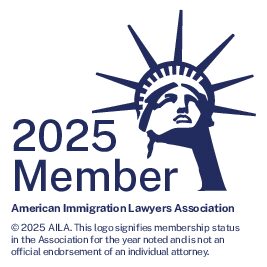
The Law Offices of F. Russell Wilson is a full-service immigration law firm located in Providence, Rhode Island with a satellite office access in Fall River, Massachusetts. We offer visa, green card and naturalization services to all of New England, including Providence, Newport, Boston, Cape Cod and the Islands, Connecticut, Massachusetts, Vermont, New Hampshire and Maine. We have a long history of serving clients throughout the United States.
To schedule a consultation, contact us. | tel: 401-601-7453 in RI and MA / 415-858-8616 in CA | MAIN OFFICE: 10 Dorrance St., Suite 700, Providence, Rhode Island 02903 | SATELLITE OFFICE: 99 South Main St., Suite 354, Fall River, MA 02721


